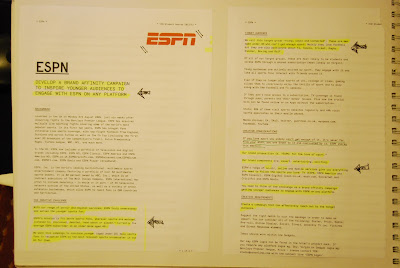http://www.dandad.org/dandad/events
D&AD Events exist to inspire, stimulate discussion & fuel debate. Speakers at D&AD President’s Lectures represent the best in their creative fields whilst Sharp’ners offer the opportunity to share opinion & exchange ideas in a more informal setting. D&AD Workout is a series of challenging workshops taught in unusual ways by unexpected people.
D&AD Events exist to inspire, stimulate discussion & fuel debate. Speakers at D&AD President’s Lectures represent the best in their creative fields whilst Sharp’ners offer the opportunity to share opinion & exchange ideas in a more informal setting. D&AD Workout is a series of challenging workshops taught in unusual ways by unexpected people.
































